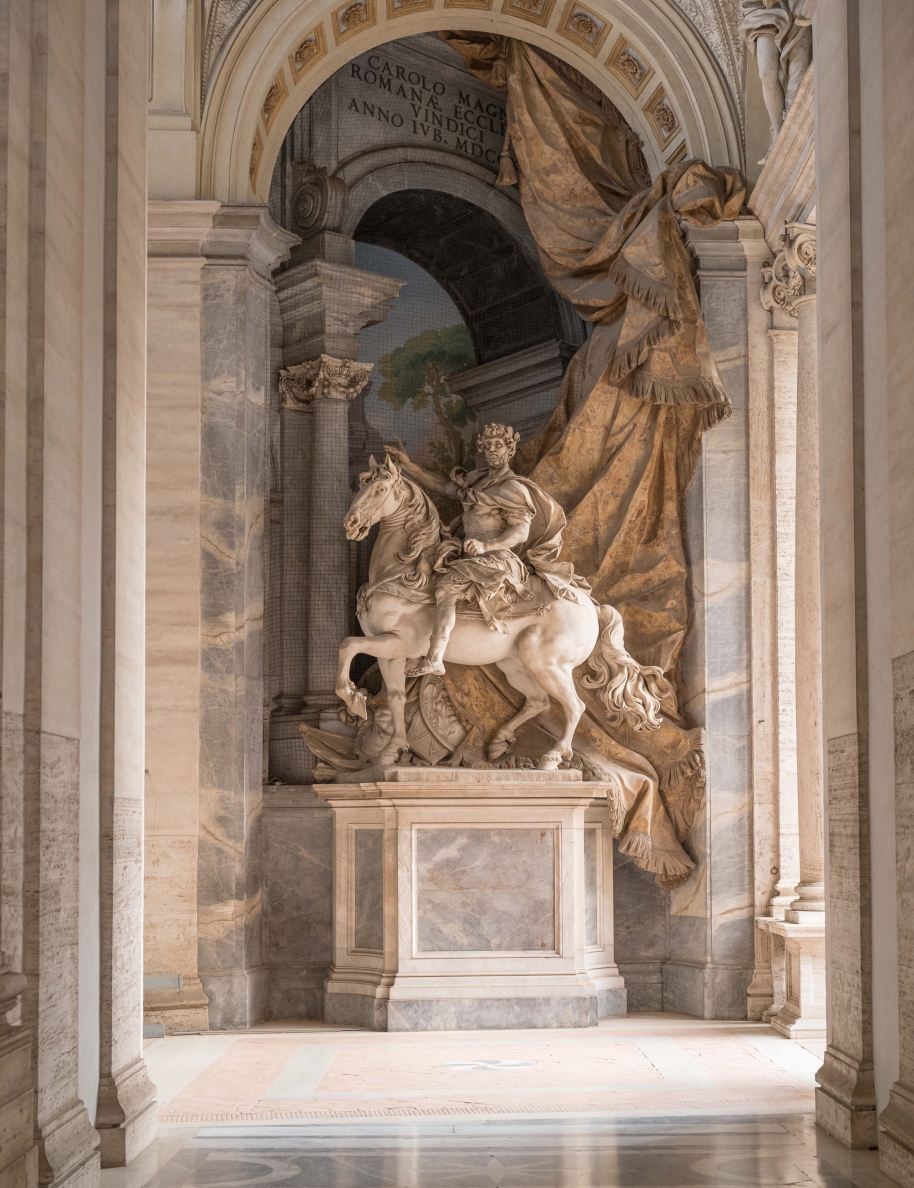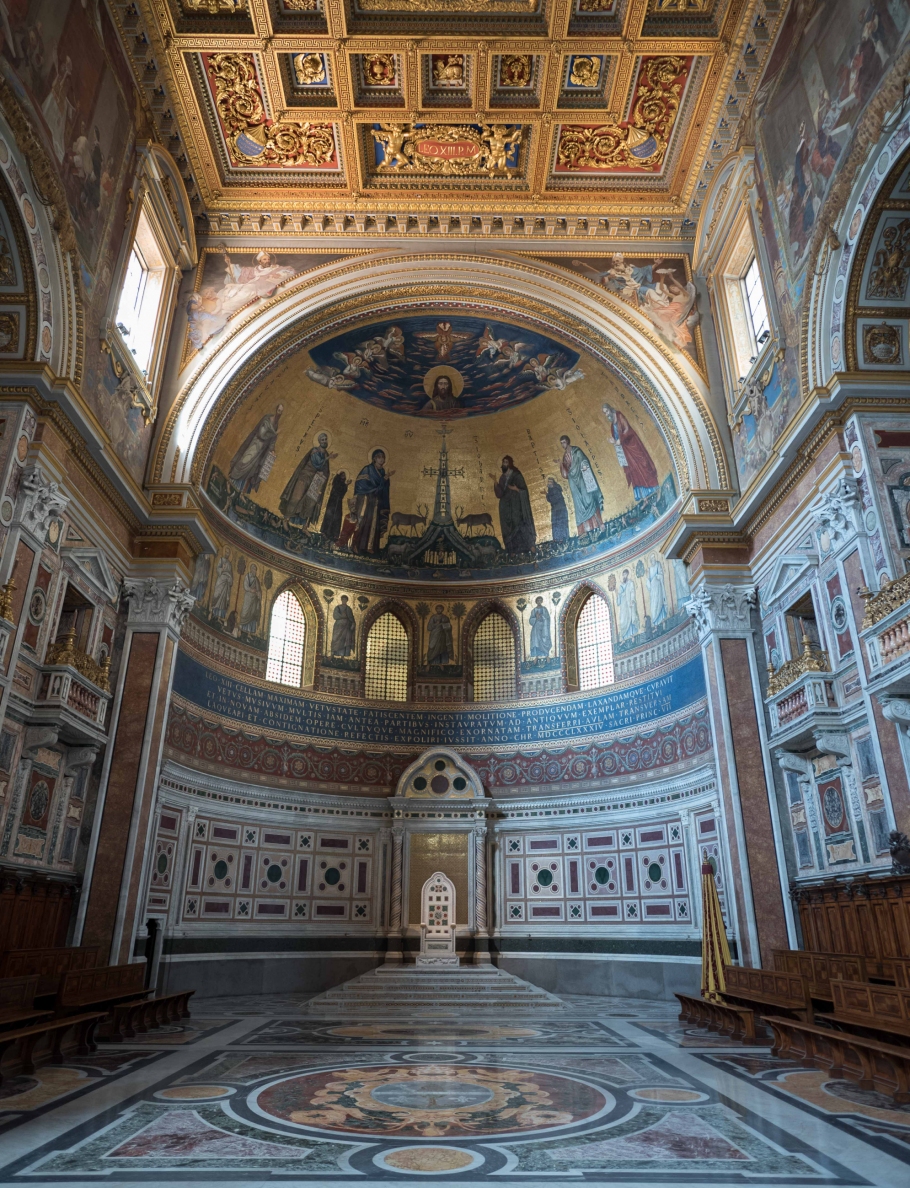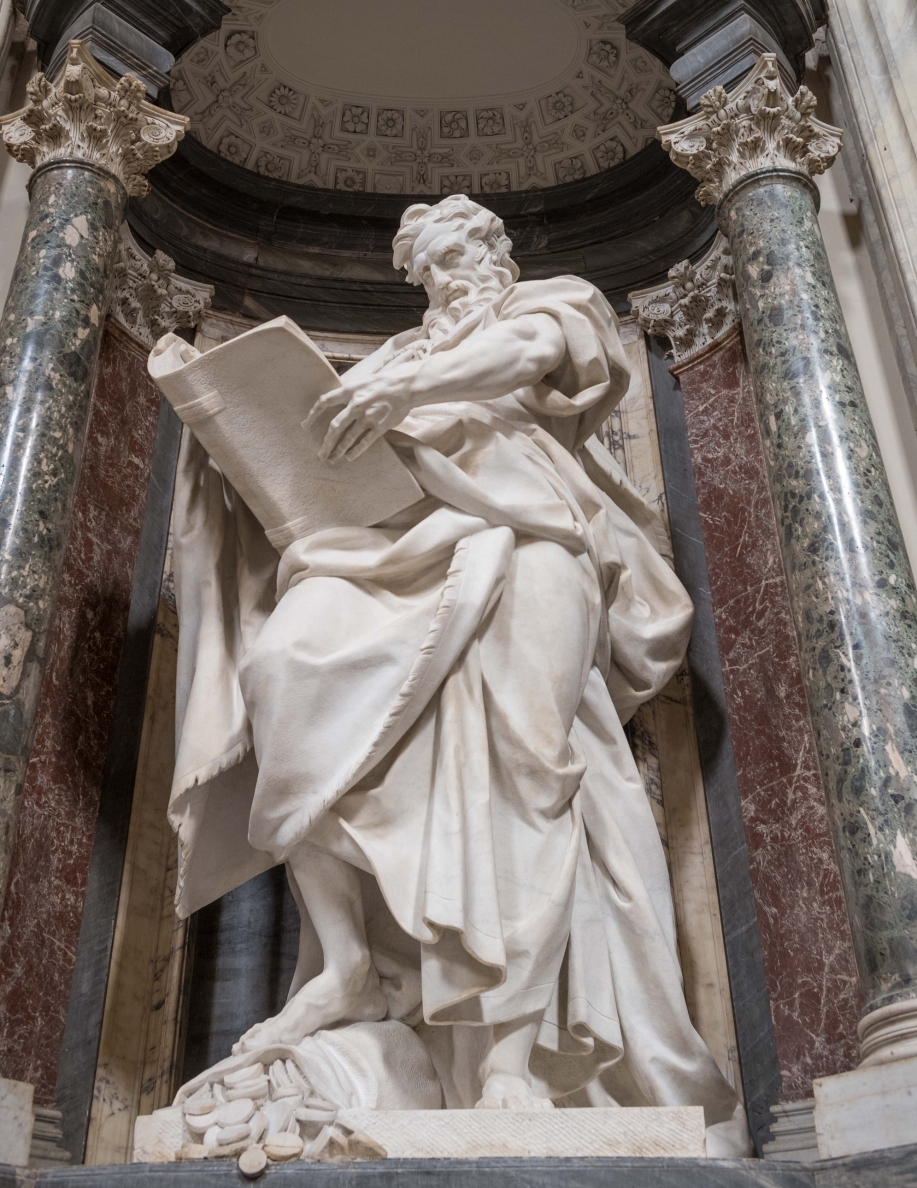URBI ET ORBI
Vatican City
UNESCO texts
© Benjamin Vial and DR
High place of the Christian world, the Vatican City bears witness to a great history and a prodigious spiritual adventure. Within the confines of this tiny state, one can admire a unique concentration of masterpieces of art. With the circular square with a double colonnade that precedes it, with the palaces and gardens that surround it, the basilica, built on the site of the martyrdom of the Apostle Peter, is the center.
It is the largest religious building in the world, fruit of the combined geniuses of Bramante, Raphael, Michelangelo, Bernini, and Maderno.


The Vatican is a religious and palatial creation that is both ideal and exemplary of the Renaissance and Baroque art.


One of the most sacred hotspots of Christendom, the Vatican City bears witness to a long history of about two millennia and a prodigious spiritual adventure. Place of the tomb of the apostle Peter, the first of an uninterrupted succession of Roman pontiffs, and consequently a major place of pilgrimage, the Vatican is directly and materially related to the history of Christianity. In addition, it is an ideal and exemplary creation of Renaissance and Baroque art, which has had a considerable influence on the evolution of the arts since the sixteenth century.
The independent state defined by the Lateran Accords of February 11, 1929, extends its territorial sovereignty over an area of 44 ha in the center of Rome: the Vatican City, surrounded by its walls and open to the city by the colonnade of Bernini on St. Peter's Square. The boundaries of the city-state contain living masterpieces and institutions that testify to the unique continuity with which this place has played a crucial role in the history of mankind. High place of Christianity since the foundation of St. Peter's Basilica by Constantine (fourth century), and at a later time permanent seat of the papacy, the Vatican is both the holy city par excellence for Catholics, a site archaeological site of the Roman world and one of the major cultural references of Christians and non-Christians.
Its prestigious past explains that it consists of an architectural and artistic ensemble of exceptional value. In the basement of St. Peter's Basilica, rebuilt in the sixteenth century under the direction of the most prestigious architects of the Renaissance, still remains the remains of the first basilica founded by Constantine, but also fragments of the circus of Caligula and Nero , as well as a Roman necropolis of the first century AD, where the tomb of St. Peter is located. Under the patronage of Julius II in 1506, an extraordinary artistic epoch was inaugurated, leading to the decoration of Raphael's Stanze and that of the Sistine Chapel with frescoes by Michelangelo, as well as the construction of the new basilica, completed in 1626, fruit of the combined geniuses of Bramante, Raphael, Michelangelo, Bernini, Maderno and Della Porta.
The Vatican Palace is the result of a long series of additions and modifications through which, since the Middle Ages, the popes have competed magnificently. The original building of Nicholas III (1277-1280) was enlarged in the 15th, 16th and 17th centuries: the history of the arts of the Renaissance and Baroque periods found here emblematic models.
In 1475, Sixtus IV founded the Vatican Library, which was the first open to the public in Europe; collections of manuscripts and books, prints, drawings, plays and decorative arts, constantly enlarged over the centuries, make it an invaluable repository of human culture.
From the mid-eighteenth century, the popes' efforts also focused on enriching the collections of private antiquities dating from the Renaissance: their transformation into public museums accessible to scholars and connoisseurs is the starting point of the Vatican Museums. New buildings were specially built to accommodate classical sculptures, such as the Pio-Clementino Museum, which marks a milestone in the history of European culture. The additions of collections and buildings of the nineteenth and twentieth centuries, new and diverse, are consistent with the tradition of papal patronage.


The Vatican has had a profound influence on the future of art since the sixteenth century. Architects went there to study the buildings of Bramante (St. Peter's Basilica, Belvedere Courtyard), Michelangelo's (St. Peter's Cupola), Bernini (colonnade of St. Peter's Square, the Baldacchino of Basilica). In Europe and outside Europe, the Vatican buildings have been abundantly copied and imitated, but the posterity of the paintings (the frescoes of Raphael and Michelangelo) and the antiques of the museums is not less.


PoPE'S MASS IN GENEVA
